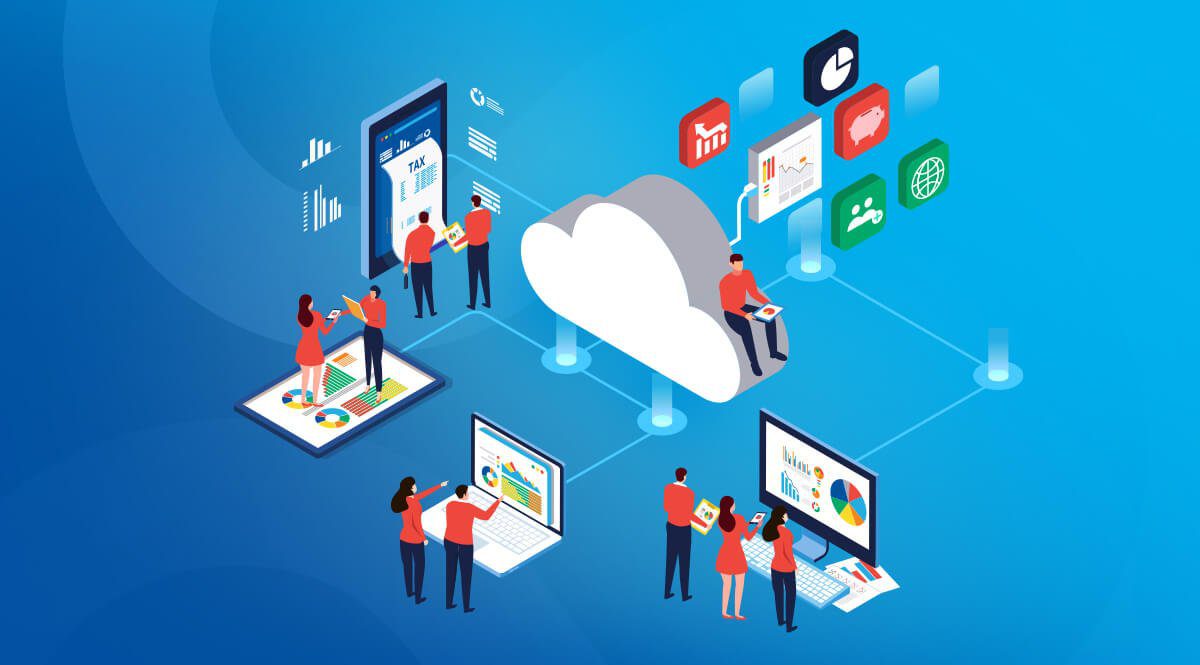In the modern business world, where doing things holistically is a Board directive, adopting an enterprise-wide approach to managing governance, risk and compliance (GRC) is a no-brainer. Unlike other business philosophies that have come and gone, this is no fad; it is a forward-thinking way of working that has taken root across industries. Unfortunately, organisations often struggle to implement GRC in an integrated and synchronised manner, aligned with business processes and strategic objectives – and it is easy to see why.
Let’s set an all-too-common scene: a company implements disparate GRC tools in silos, none of which integrate; therefore, while each department has a tool in place, the data they produce is not connected because the applications do not communicate, a scenario that is often compounded by outdated legacy GRC software, which fails to make alignment more achievable. Further, managing redundant risks, controls, etc. across the disparate systems prevents sharing of information across the various lines of defence. This is then compounded by many IT departments implementing a cloud-first philosophy, leaving the question of what to do what those legacy on premise GRC solutions. The subsequent lack of connectivity between solutions prevents these companies from establishing a holistic approach to GRC that identifies economies of scale, maximises investments, and delivers efficiency.
This myopic view means organisations often struggle to make effective use of these isolated tools and the siloed information they produce, causing them to fall short of achieving their objective: to provide guidance and insight to the business decision making process. These companies have reached an inflexion point, bringing an enterprise-wide approach to managing GRC into sharp focus.
Benefits of GRC Integration Services
By its very nature, GRC as a discipline is aimed at collaboration and synchronisation of information and activities. Therefore, integrated GRC demands that key roles – including risk management, compliance, and audit– work in harmony to share information via an automated platform. The most effective platforms are those that seamlessly connect to and co-exist with other IT applications that provide data to facilitate risk, compliance, and audit exercises – providing the power to leverage existing risk solutions that are fit-for-purpose. Get this right and the benefits are compelling:
- Consistency and standardisation of data: requires less oversight and supports fast, risk-informed business decisions by optimising the downstream flow of data.
- Transparency and oversight: allows stakeholders to review and predict risks with greater accuracy and take advantage of worthwhile opportunities when they arise.
- Operational resilience: provides the ability to respond proactively to risks by breaking down restrictive functional, business, and organisational silos – preventing financial and reputational damage caused by potential risks, such as data breaches and compliance violations.
- Regulatory change: facilitates effective compliance programmes that address constant changes in regulations by linking them to risks and policies.
In true consolidated GRC style, these factors combine to create an overarching benefit of adopting an enterprise-wide approach to GRC: greater efficiency – with actions performed proactively instead of reactively, holistically rather than in silos, at greater speed, and more accurately. According to an OCEG GRC maturity survey, 93% of organisations report that GRC integration provided benefits that met or exceeded expectations.
Camms.Connect
Camms.Connect provides your organisation with access to robust business services via standards-based, real-time Application Programming Interfaces (APIs). These APIs facilitate seamless interaction with many critical areas of the Camms ecosystem, including staff, financials, projects, incidents, risks, and measures.
How does it work?
- Inbound APIs: this brings data into the Camms ecosystem from potential source systems. While it is an incoming call to Camms which our inbound APIs need to “listen” for, it is also an outbound call from the perspective of the external source system.
- Outbound APIs: this allows you to take data out of the Camms ecosystem by “transmitting” this data so the external source system can pick it up as an incoming call.
How can you use Camms.Connect APIs to provide a holistic approach to GRC management? Here are just a few examples:
- Extracting data for use in third party business intelligence solutions.
- Extracting data for input into other systems.
- Integrating staff, user and organisation structure details into Camms from your HR system.
- Integrating financial information – including accounts and budget/expense figures – for use in Camms.Strategy and Camms.Project.
- Integrating information to automatically update actual values for KPIs.
What can you integrate the Camms suite with?
- Financial Systems: produce comprehensive and informative reports of corporate financial information and budget utilisation for improved decision making
- HR Systems: automatically update organisational structure, employee details and user information, saving time and resources.
- KPIs (all business systems): improve reporting capacity and information management by increasing the frequency and accuracy of data collection.
- Document Management Systems: create live references to corporate documents and save reports directly into your document management system, quickly and efficiently.
- CRM Systems: such as customer details, contracts, and credential information.
- Active Directory: Camms web-based applications provide active directory integration services.
An organisation works best when you have a single source of truth. Don’t remain stuck in the past where isolated tools and siloed data restrict GRC management. Embrace software and systems that communicate and exchange data with each other to solve business problems holistically.





